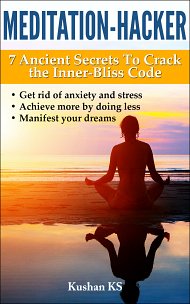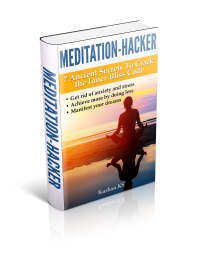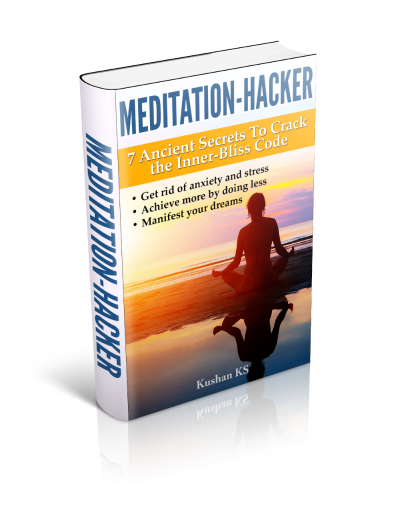Meditation Techniques for Beginners
"Be on guard against thinking of Enlightenment as a thing to be grasped at, lest it, too, should become an obstruction" - The Buddha

Meditation techniques for beginners can be classified into four broad categories - kinesthetic, visual, auditory and contemplative.
If you are totally new to meditation, it may be worthwhile to look at beginner meditation first.
Let's discuss the four categories in detail.
Kinesthetic meditations are activity based and involve movement of all or at least some of the muscle groups in the body.
Some people find it hard to sit and empty themselves of thoughts, and find letting go easier when they are involved in a physical activity.
Being physically active may sound less like meditation and more like another distraction for the mind, but if you are aware of the present moment and are awake to what is happening inside your body, then meditation's purpose is served.
Qigong, walking meditation and body scanning are some kinesthetic meditations that one can practice as a beginner to 'get out' of the mind and reconnect with the body.
(Why breath walking is 2x easier than sitting meditation?)
Visual meditations are of two types - objective and subjective.
In the former you do object focused meditation by focusing your attention on an external object, which develops concentration, while in the latter you use your imaginative powers to do active visualization.
(3 Reasons Why You Must Do Visualization Meditation)
Both involve use of imagery, actual or otherwise.
Auditory meditations, on the other hand, utilize the tremendous power of sound energy.
Mantra meditation is done by chanting the Divine name or a verse from the scriptures or even your own personal, unique mantra (beej mantra).
Across the ages and across different traditions, sound has been regarded as the most potent form of energy - the reason behind all creation.
Different auditory meditations seek to harness that power to effect personal transformation.
Contemplative meditations depend on the intellect to arrive at a breakthrough in understanding far superior to what is normally achievable by logic.
The present Dalai Lama is a strong proponent of this type of meditation.
Practitioners of zen meditation make use of koans for the quantum leap in consciousness that leads to 'sudden' enlightenment.
You may try one or all of these different meditation techniques for beginners before settling on one, but whichever technique you choose, make it a point to practice it regularly.
Give meditation enough time to root itself and nourish it with your practice. Soon enough you will be enjoying its soul-nourishing fruit.
Return from Meditation Techniques for Beginners to Beginners Guide

Get my book, Meditation-Hacker: 7 Ancient Secrets to Crack the Inner-Bliss Code and receive valuable information on meditation that you can use to improve the quality of your health and life.


Comments
I would love to hear your meditation experiences. And, if you are a beginner, your questions and apprehensions about meditation. Comment below or contact me directly through the navigation bar on the left of this page.